As all eyes are fixed once again on the Ford GT’s bid for victory at Le Mans, Ryan McElroy from CarKeys.co.uk looks at the history of the original GT40, Le Mans’ most iconic and most unlikely champion.
The year was 1966 and while the Free Love movement gained traction in the US, America was at war both in the jungles of Vietnam and also on the French asphalt.
June 18th marked the 24th 24 Hours of Le Mans endurance race and, while the world watched on with jaws agape, Ford scored an iconic victory over reigning champions Ferrari, bringing an end to what had been a long-fought and bitter conflict between the two companies.
The winning car was, of course, the Ford GT40, but victory didn’t come easy. Development of the car was long, difficult and expensive and Ford’s fortunes turned only with the timely intervention of Carroll Shelby and a crack team of engineering experts.
Just as Ford is set to reintroduce the GT to Le Mans, in honour of the 50th anniversary of Ford’s original landmark victory this is the story of the people who made the GT40 the myth it is today.
By all admissions, the GT40 wasn’t so much a racing car as it was a slap in the face directed squarely at Enzo Ferrari. Three years prior to the race, Enzo brokered a deal which would see Ford buy Ferrari, only to abruptly pull out at the eleventh hour after a squabble over racing rights.
Infuriated by the notoriously prickly Ferrari’s decision, Ford decided that the best way to get revenge would be to hit the Italians where it hurt the most – on the track. In doing so, Ford set into motion the chain of events that would eventually lead to one of the world’s most revered racers, as well as one of motoring’s most storied rivalries.
Despite being an icon of American triumph, the Ford GT40 actually owed its origin to English company Lola Cars, which was one of the top racing chassis suppliers of the 1960s. Although it mainly made small front-engined sports cars and single-seaters, Lola’s use of Ford V8 engines was enough to pique the Blue Oval’s interest.
However, the company also had its own mildly successful Le Mans team, and as a result agreed to loan only two Lola MkVI chassis to Ford on a short-term basis. Ford drafted in engineers with experience in mid-engined racers and ploughed on, resulting in the first ever Grand Touring 40, with the number 40 referring to its height in inches.
Timely intervention of Carroll Shelby
Yet for all Ford’s planning it ultimately returned naught. The MkI GT40 was nowhere close to the standard that Ford needed in order to best Ferrari, and it retired on its first outing to the Nurburgring with suspension failure before flunking out of the 1964 Le Mans race as well. Ford needed help, and it needed it soon.
If there was one person who could change Ford’s fortunes, it could only have been Carroll Shelby. Former chili farmer, racing driver and founder of the iconic tuning company which bears his name, he eked out a reputation as something of a wild card after gaining infamy by chewing on pills made of highly-explosive nitroglycerine while he raced, supposedly to ease a chronic heart condition.
With just the right mixture of genius and madness, Shelby had already collaborated with Ford, first by implanting Ford V8 engines into the AC Ace which went on to become the iconic Shelby Cobra, but also by working on the very first Shelby Mustangs, including the original 1965 GT350.
Shelby also ticked another box in Ford’s eyes: as well as having a proven history of working with the company and achieving brilliant results in doing so, he had publicly declared Enzo Ferrari as his own personal nemesis, becoming an all-American foil to match the charisma, showmanship and ability of Ferrari himself.
Amassing a team of engineers, designers and boffins from Ford-owned aerospace company Aeronutronic, Shelby holed himself up at the Willow Springs test track in the Mojave Desert to improve the GT40. While entire squads of Ford’s employees were called up to pack their bags for Hanoi, Shelby and his team waged their own offensive, working day and night.
Going over every inch of the GT40 with a fine-toothed comb, Shelby stuck pieces of scotch tape and cotton yarn to the driver’s side of the car in order to be able to assess the direction of airflow when the car was in motion.
According to the data from those sessions, the team discovered that at least 76 horsepower was being lost from poor air ducting alone. The car’s aerodynamics were completely overhauled and the original wheels were ditched in favour of magnesium ones to save as much as 14kg in weight.
Larger front brakes were added to allow the car to be driven faster into the turns, and Shelby also installed a new 7.0-litre V8 engine. The newly-upgraded MkII GT40 produced around 450 horsepower and thanks to the extensive lightweighting weighed only as much as a modern Fiesta.
Over the course of three weeks, the team had successfully moulded the GT40 from a potential contender to a potential world-breaker. The stage was set, and the battle was about to begin.
Initial struggles before eventual victory
As incredible as the car’s transformation had been, the only results that mattered would be on the track. The car’s first major outing at the 1966 Sebring 12 Hours was marred by the death of driver Bob McLean, who burned to death after crashing a privately-entered GT40 and becoming trapped inside.
Still, Ford managed to scrape victory at both Sebring and the 24 Hours of Daytona, and so the stage was set for ‘The Big One’. On June 16th, Ford showed up at Le Mans so committed to wiping the smirk off Enzo Ferrari’s face that it had prepared a total of 13 cars, including five original MkI models and eight MKIIs.
With Henry Ford II serving as the grand marshal of the race and a record crowd in attendance, the cars lined up on the starting grid. Ferrari had sent only two works cars to compete against the Ford armada, such was Enzo’s confidence that his company would maintain the top spot.
Like any war of attrition, the casualties were enormous. Of the 13 GT40s that started, only three survived until the end. All that mattered to Ford was that it was a GT40 that crossed the finish line first, but against all odds after 24 hours of high-octane racing it was the three remaining GT40s that led the field.
Controversially, in the closing moments Ford’s team managers attempted to engineer a tie wherein the first two cars would cross the finish line together. The drivers naturally weren’t keen, but it would be the first time that a pair of cars would take overall Le Mans victory to hammer home that it was the GT40 and not the drivers themselves that had won the race.
In the end, officials declared that the #2 GT40 driven by Bruce McLaren was the victor as McLaren had started further back on the grid, but all the same it ended as a previously unheard of 1-2-3 finish for Ford.
The GT40 repeated its success at Le Mans in 1967 and again with privateer teams in 1968 and 1969. As for Ferrari, Enzo’s team placed 8th and 10th overall in the 1966 race against the Fords and hasn’t had another victory at Le Mans since.
Fifty years on and all eyes are focused once again on Ford and its legendary racing programme, as the marque returns to Le Mans this year to take on current reigning champions Porsche.
Ford GT fifty years on
The most advanced Ford vehicle ever, the new GT features the latest in light-weighting, aerodynamics and advanced engine technology, the exact same elements that Carroll Shelby exploited to make the GT40 the legend that it is today.
Partnering with engineering company Multimatic and the Chip Ganassi Racing organisation, a total of four GTs are campaigning around the world, with two in the IMSA WeatherTech Championship and two for the FIA WEC series.
Clearly Ford isn’t taking the car’s rebirth lightly, and the new GT so far has shown incredible pace. There are a few teething problems with its transmission, but then the GT’s early struggles should come as nothing of a surprise to anybody familiar with endurance racing.
Ford’s rivalry with Ferrari may now be five decades in the past but the new GT still has everything to prove against the competition. Shelby himself may no longer be among us, but there’s no doubt that he’s looking down from the great race track in the sky and smiling.
This article first appeared on www.carkeys.co.uk and is used with their permission – check them out; they are awesome!

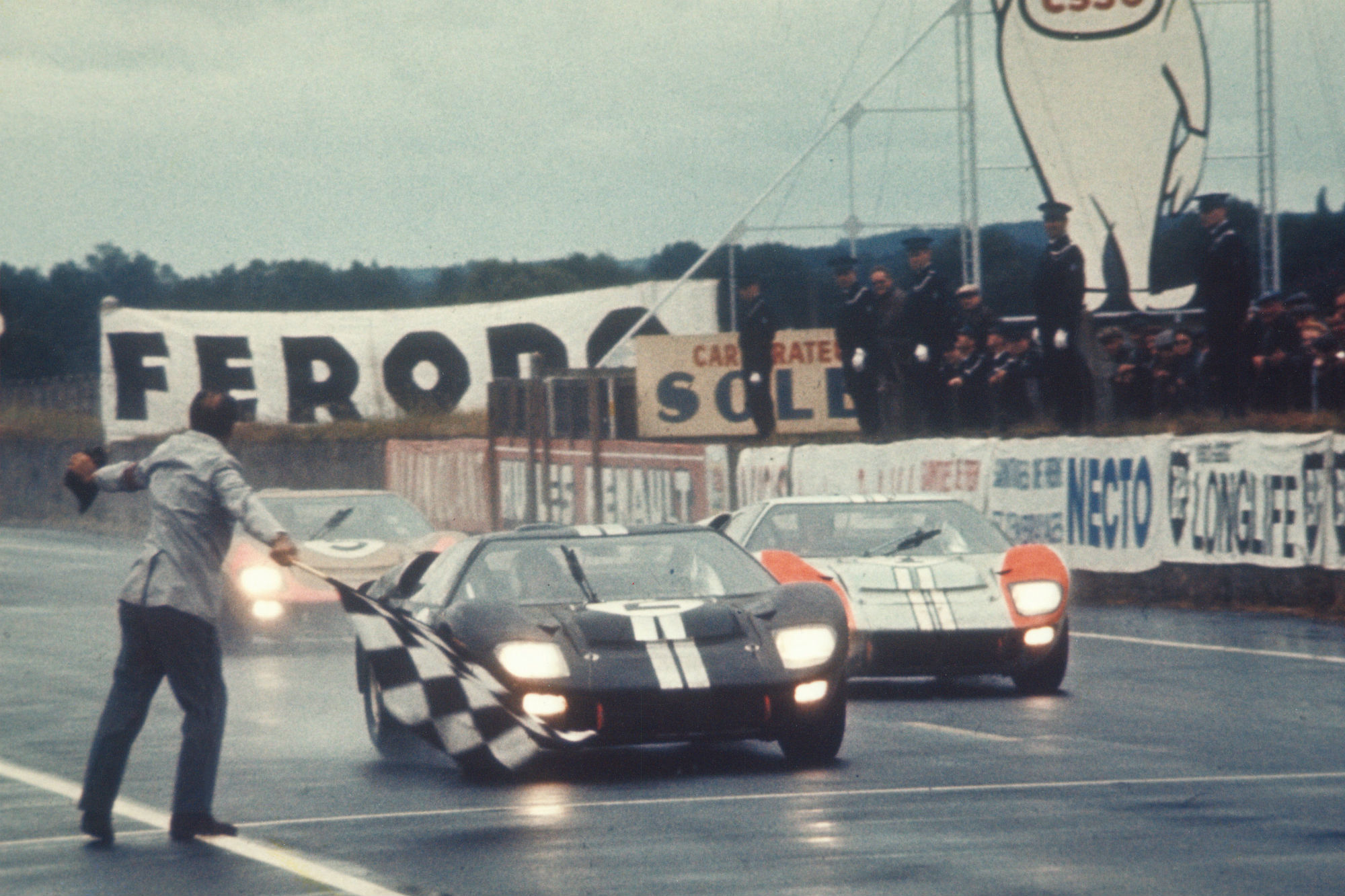
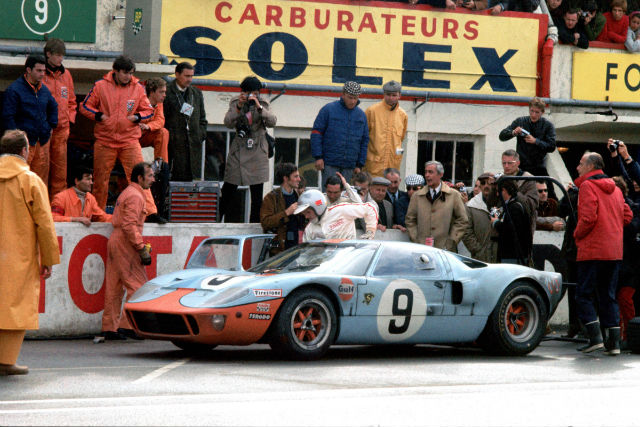
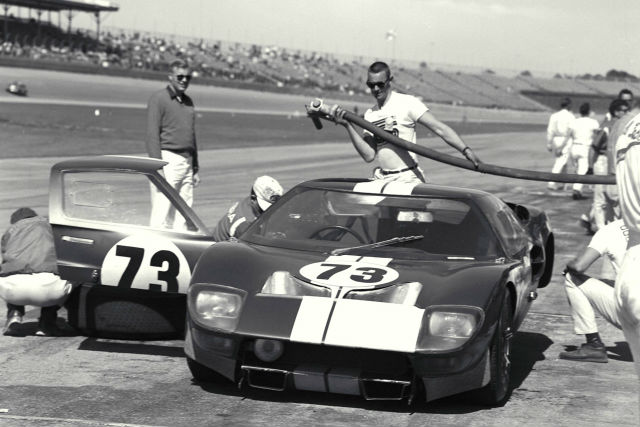
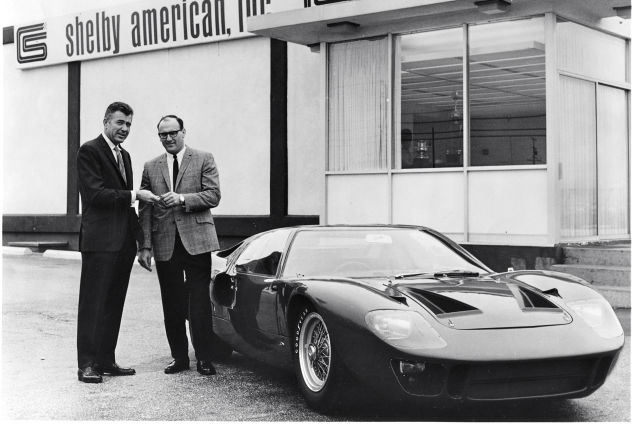
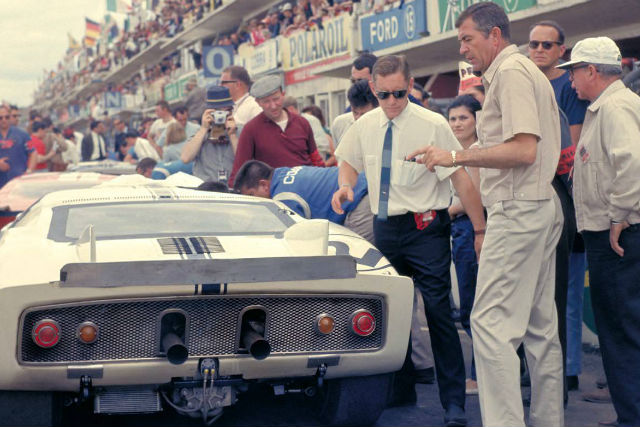

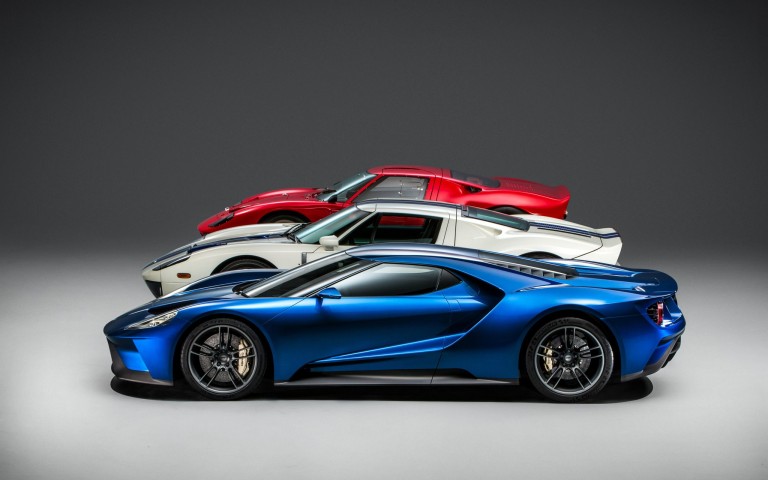

You must be logged in to post a comment.